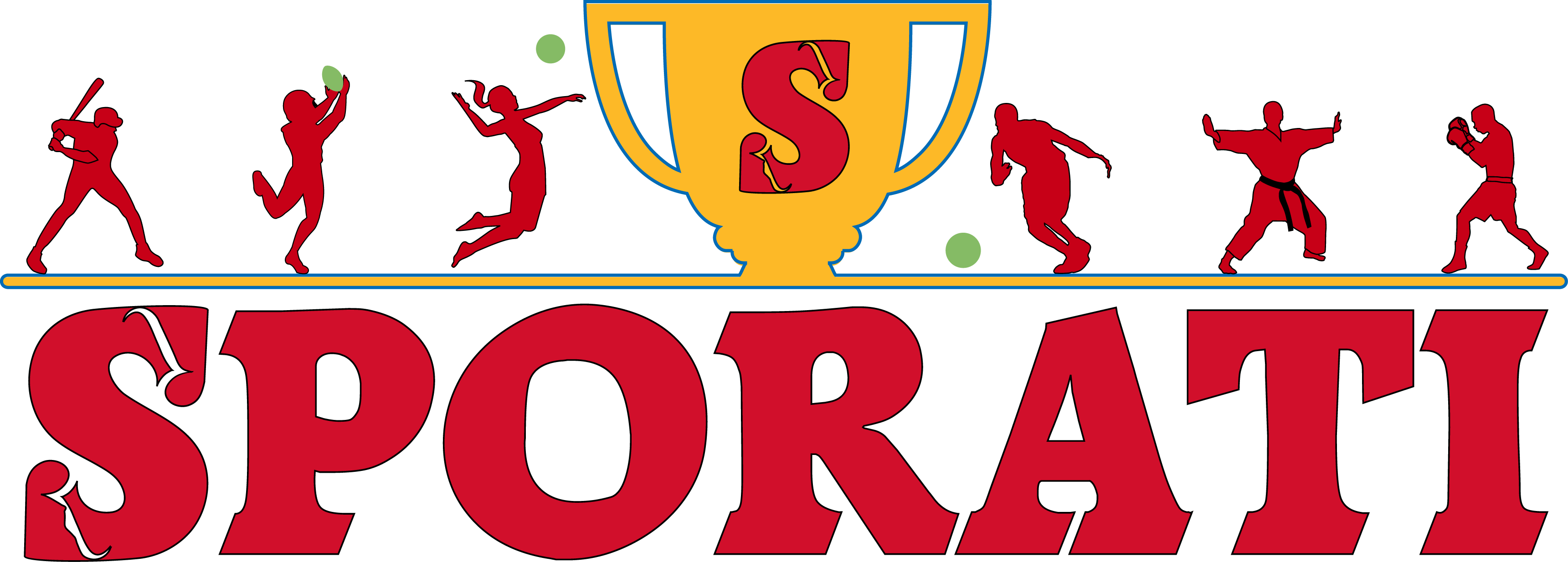Reinier de Ridder Returns
Reinier “The Dutch Knight” de Ridder is no stranger to seismic moments in mixed martial arts. After making waves in the sport as a dominant champion in ONE Championship, the undefeated juggernaut turned heads with a booming promotional debut in the UFC earlier this year. Now, the grappling ace is back, and his return is shaping up to be nothing short of blockbuster material.
A Date with Destiny
Set your calendars for February 2024, because this is when de Ridder is slated to clash with one of the UFC’s beloved fan favorites in what promises to be a career-defining bout. The fight announcement has already whipped both die-hard fans and seasoned analysts into a frenzy. When a fighter like de Ridder meets a warrior with as much grit as his opponent, you know you’re in for a spectacle.

What Makes de Ridder Special?
Nicknamed “The Dutch Knight”, de Ridder has built his reputation on being nearly untouchable in the cage. With a staggering record in professional mixed martial arts, the Dutchman’s sheer versatility and dominance are what make him so dangerous. You want pinpoint striking? He’s got it. Grappling prowess that feels like quicksand sucking opponents into the mat? Check.
What truly separates de Ridder from the pack is his fight IQ and adaptability. Whether it’s standing and trading blows or dragging his opponent into murky waters on the mat, the former ONE champ thrives everywhere. This malleability is expected to be put to the test as he takes on the UFC’s finest.
The UFC’s Fan-Favorite Opponent
The opponent? While the UFC has kept specific details under wraps, speculation has pointed toward fighters known for their aggressive style and ability to push the pace. Regardless of who stands across from de Ridder in the Octagon, one thing is certainthe matchup will deliver fireworks. This isn’t just another fight; it’s a clash of eras, a confrontation between a proven champion and an established UFC star looking to solidify their legacy.
The Triumphant UFC Debut That Set the Stage
De Ridder’s UFC debut earlier this year was, to put it mildly, a dream start. While some athletes understandably falter on such a big stage, the Dutch dynamo looked every bit the part of the world-class competitor he had been hyped to be. Commanding every moment of the fight, he showcased his ability to blend relentless pressure and crafty submissions, leaving fans and analysts alike clamoring for more.
“This guy is the future of the sport,” commented a UFC analyst after de Ridder’s debut. “He’s a generational talent with a style impossible to ignore.”
A Rising Star in the Middleweight Division?
As discussions heat up around de Ridder’s potential ceiling in the UFC, some have already begun whispering his name in relation to title contention. The middleweight division, known for its deep well of talent, could see a major shake-up if de Ridder can string together a streak of wins. What’s tantalizing is the thought of him facing divisional juggernautscan “The Dutch Knight” stand toe-to-toe with the best the UFC has to offer?
- De Ridder’s ground game: Some of the slickest in MMA history.
- Unshakable composure: The hallmark of any great champion.
- Fan appeal: A humble yet charismatic personality that audiences adore.
Why You Don’t Want to Miss This Fight
The return of Reinier de Ridder isn’t just another entry on UFC fight cardsit represents a convergence of elite skills, narratives, and stakes. For fans, it’s yet another reminder of the cross-promotional talent influx that continues to elevate the sport. For fighters, it’s a wake-up callthis is a competitor operating at a different level entirely.
As the UFC continues its global expansion efforts, signing athletes like de Ridder is a testament to their commitment to bringing top-tier talent into the fold. Whether you’re a veteran fan or a newcomer to MMA, this fight is one you simply cannot afford to miss.

